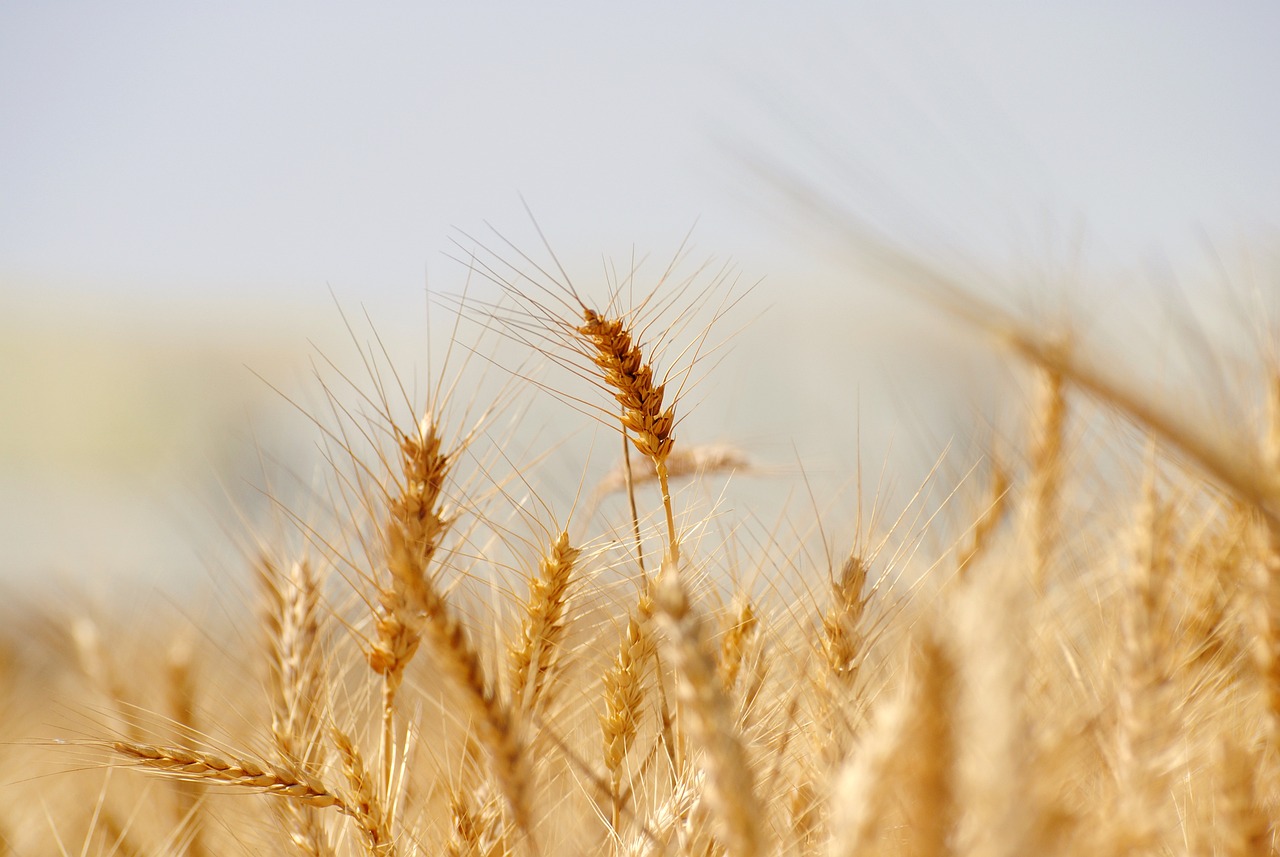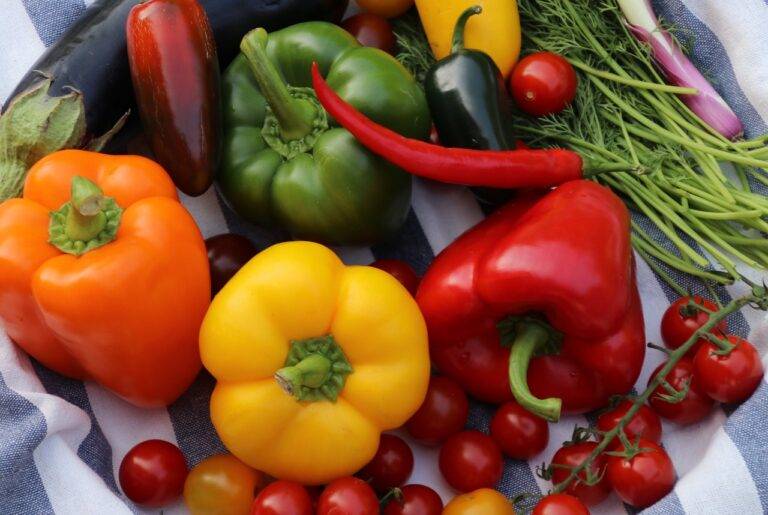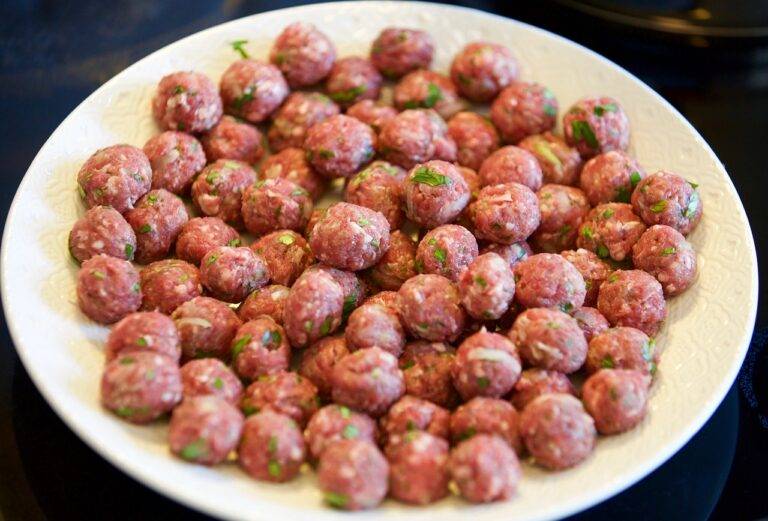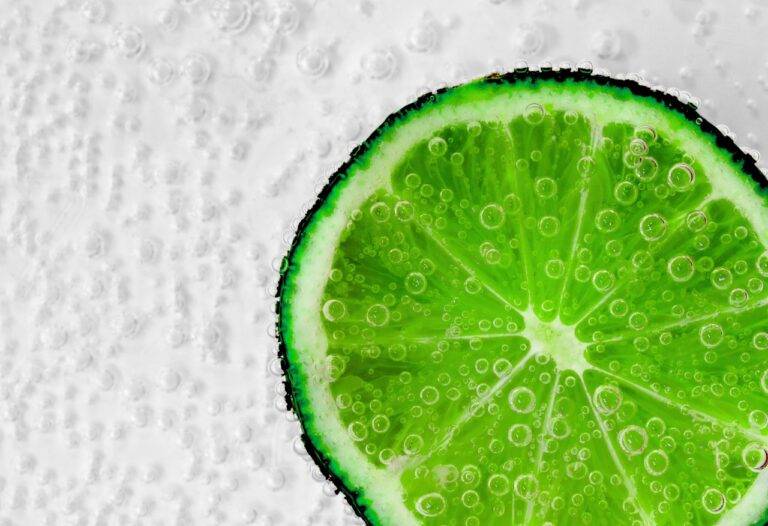3D Food Printing: The Future of Culinary Creation
The concept of food printing technology dates back to the early 2000s when experimental prototypes were first introduced. Initially, these devices were rudimentary and primarily used for creating simple shapes and designs with edible materials. As the technology evolved, more advanced 3D food printers were developed, allowing for the precise layering of ingredients to form intricate and elaborate food items.
Over the years, the application of food printing technology has expanded beyond novelty creations to functional uses in various industries. Chefs, culinary experts, and food technologists began exploring the possibilities of using 3D food printing to customize food creations, enhance presentation, and even cater to individuals with specific dietary needs. The evolution of food printing technology continues to push boundaries, offering new opportunities for creativity and innovation in the culinary world.
Advantages of 3D Food Printing in the Culinary Industry
3D food printing in the culinary industry offers a myriad of advantages that are revolutionizing the way food is prepared and presented. One key benefit is the ability to create intricate and visually stunning designs that would be nearly impossible to achieve through traditional cooking methods. Chefs and food artists can let their creativity roam freely, crafting unique shapes and textures that elevate the dining experience to a whole new level.
Moreover, 3D food printing allows for precise control over portion sizes and ingredients, catering to individual dietary needs and preferences with unparalleled accuracy. This customization not only enhances the overall dining experience by ensuring that each dish is perfectly tailored to the consumer but also reduces food waste by only using the necessary amount of ingredients. As the culinary world continues to embrace this cutting-edge technology, the possibilities for innovation and sustainability in food production are endless.
The Impact of 3D Food Printing on Food Sustainability
3D food printing technology holds promise for revolutionizing the way food is produced and consumed, offering a sustainable solution to several issues plaguing the food industry. With the ability to create intricate food designs using precise measurements, 3D food printing reduces food waste by only using the exact amount of ingredients needed for each dish. This precision not only minimizes excess food production but also decreases the energy and resources required for processing and transportation, contributing to overall sustainability efforts in the culinary world.
Furthermore, 3D food printing allows for innovative creations that can cater to individual dietary needs and preferences. By customizing the nutritional content of printed food, this technology offers an efficient way to address food security challenges and combat malnutrition. In a world where food scarcity and diversity are pressing concerns, the flexibility of 3D food printing to adapt to different nutrient requirements has the potential to enhance food sustainability on a global scale, ensuring that everyone has access to nutritious and tailored meals.





